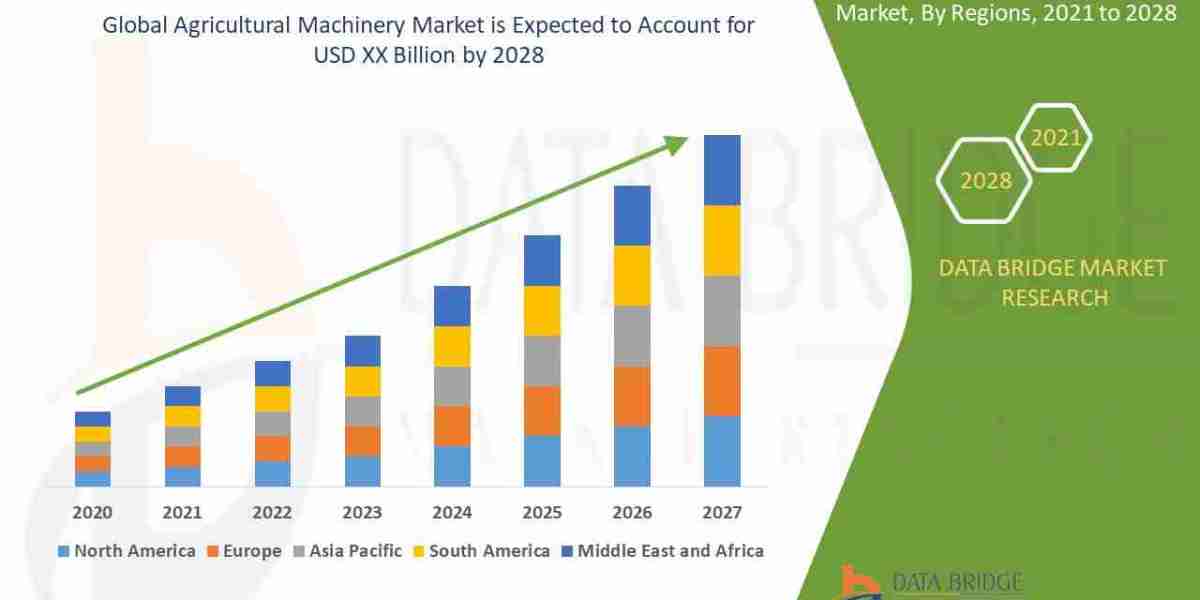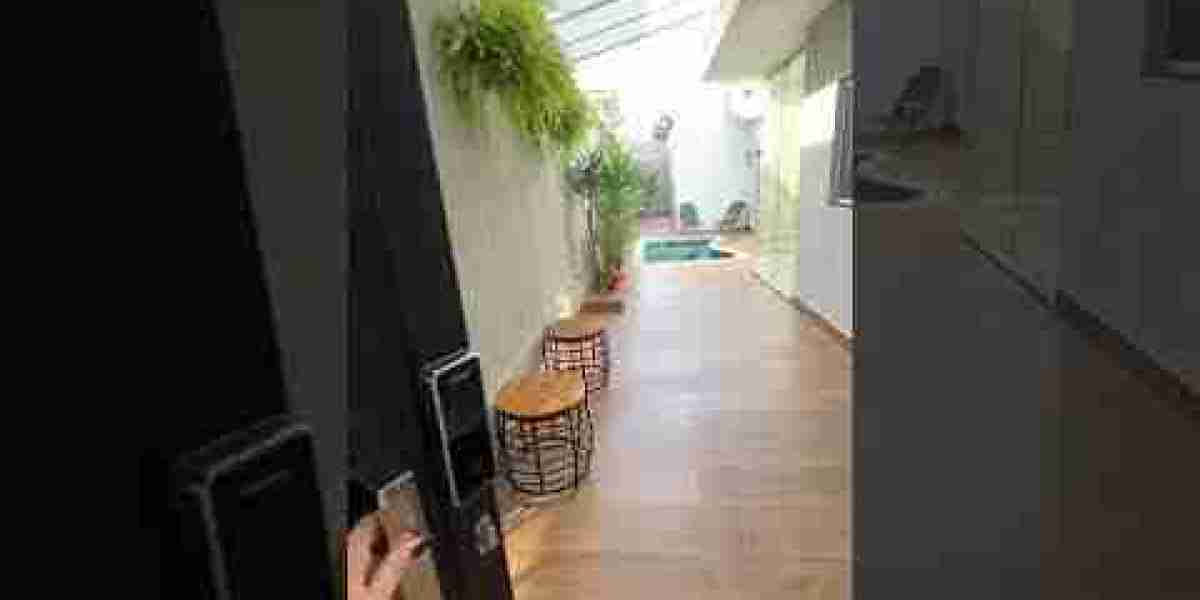Technological Innovations Reshaping the Construction Fabrics Market
The construction fabrics market is undergoing a transformation as new technologies redefine how buildings are designed and built. Once viewed as a niche material used mainly for temporary structures, fabrics have now evolved into high-performance textiles that provide durability, versatility, and sustainability. These fabrics are increasingly recognized as advanced building materials, capable of addressing the challenges of modern architecture while offering aesthetic and functional advantages.
Market Overview
Construction fabrics encompass a wide range of products, including PTFE-coated fiberglass, PVC-coated polyester, and ETFE films. These materials are lightweight yet strong, resistant to UV rays, and capable of withstanding extreme weather conditions. Unlike conventional materials, they offer design flexibility, which enables architects to create dynamic, curvilinear forms.
The global market is experiencing growth as governments, businesses, and consumers demand innovative, energy-efficient, and eco-friendly solutions. Construction fabrics are now found in permanent structures such as airports, stadiums, and high-end commercial complexes.
Technological Innovations Driving the Market
1. Smart Coatings
New coatings applied to construction fabrics enhance durability and reduce maintenance. Anti-pollution, self-cleaning, and fire-retardant coatings extend the lifespan of fabric structures and improve safety standards.
2. ETFE Films
Ethylene Tetrafluoroethylene (ETFE) films are gaining popularity for their transparency, flexibility, and light transmission. Used in projects like the Allianz Arena in Germany and Eden Project in the UK, ETFE represents the cutting edge of fabric technology.
3. Integration with Renewable Energy
Construction fabrics are being developed to integrate photovoltaic (PV) cells, turning building envelopes into energy-generating surfaces. This fusion of architecture and renewable energy aligns with global sustainability goals.
4. Smart Fabrics with Sensors
High-performance textiles embedded with sensors can monitor stress, temperature, and environmental conditions. Such “intelligent structures” enhance safety, reduce maintenance costs, and support predictive maintenance strategies.
5. Lightweight Advanced Materials
By combining fibers such as carbon and aramid with fabric structures, manufacturers are producing advanced building materials that rival steel and concrete in strength but weigh significantly less. This reduces construction costs and environmental impact.













